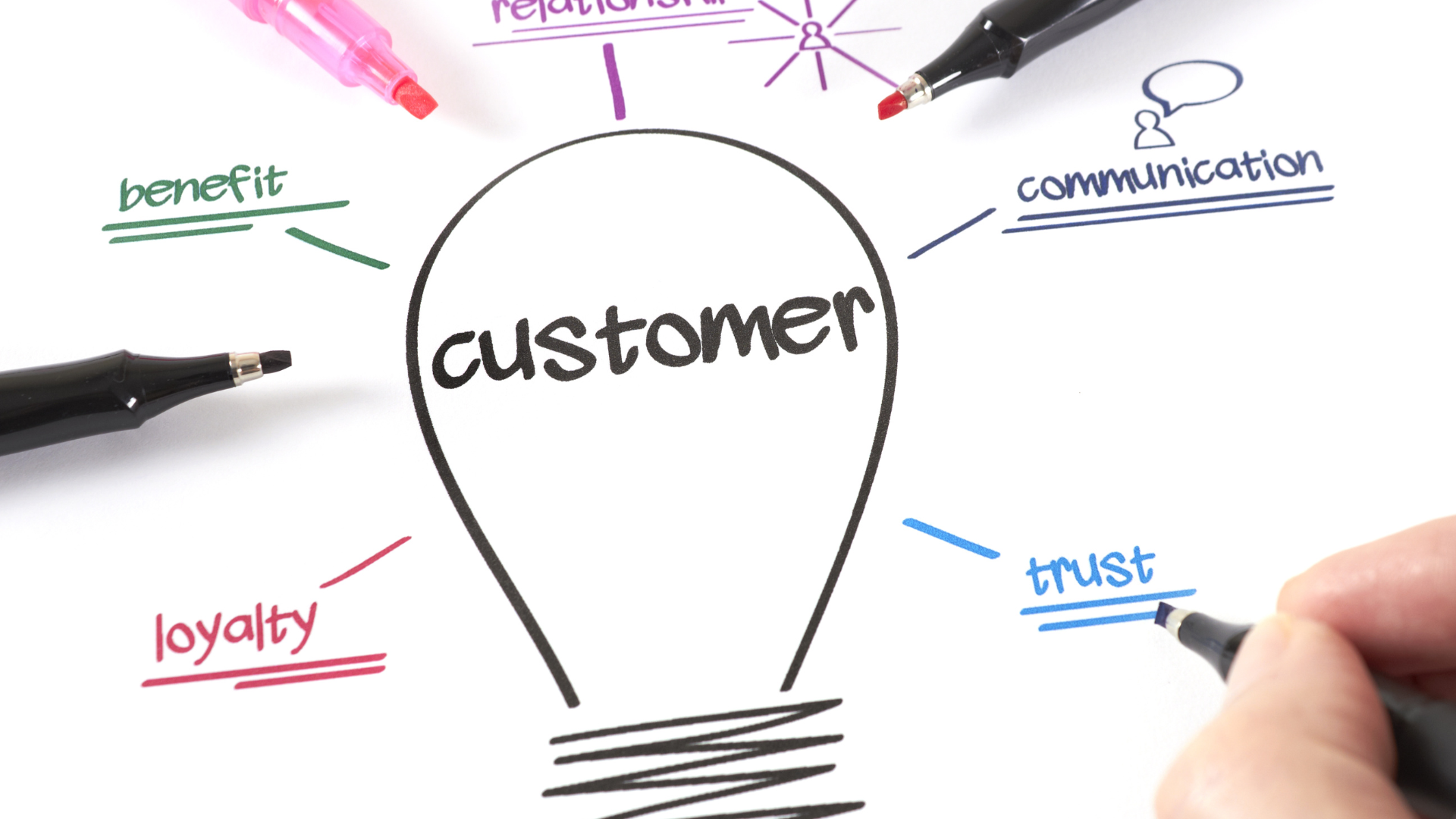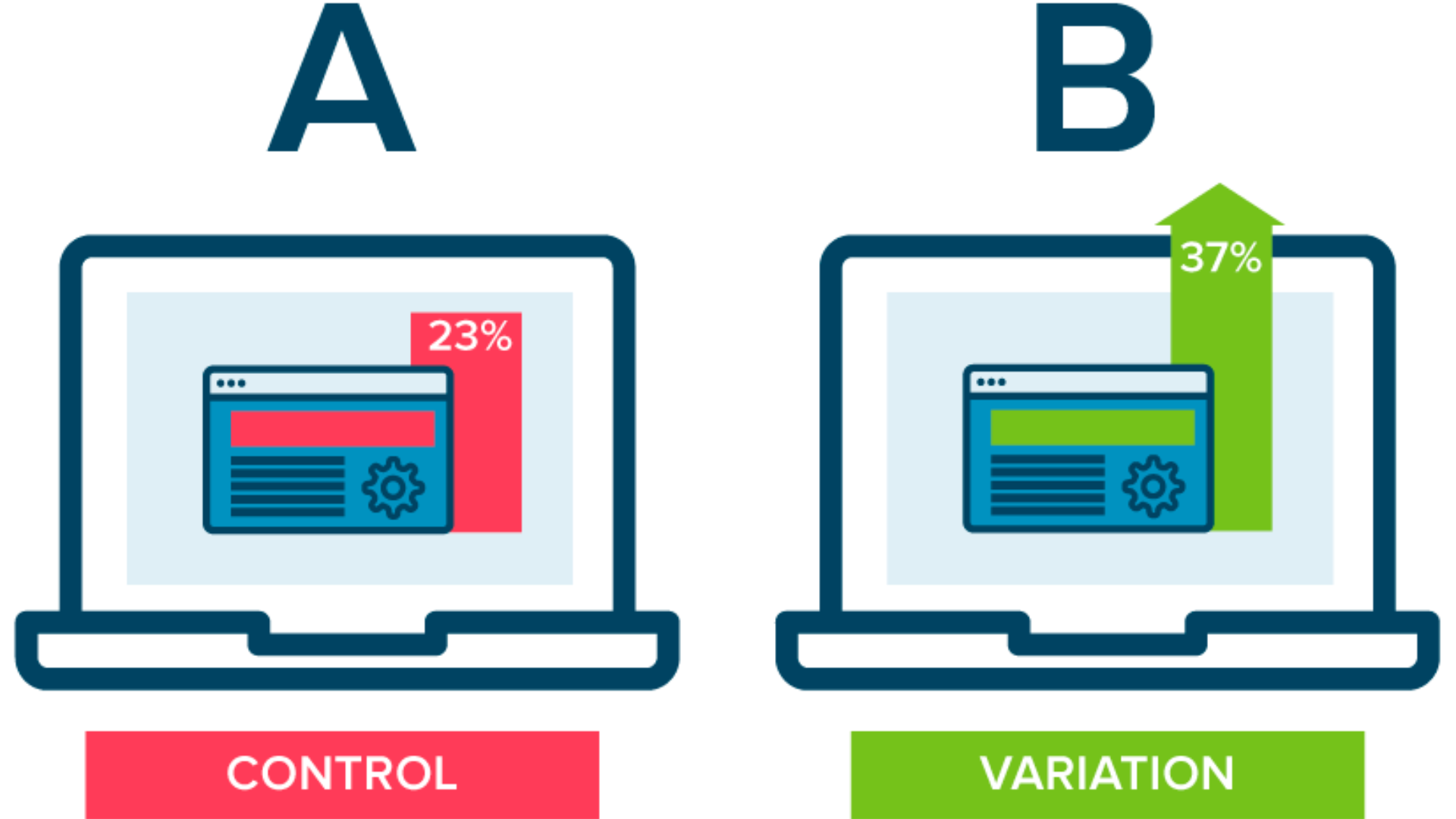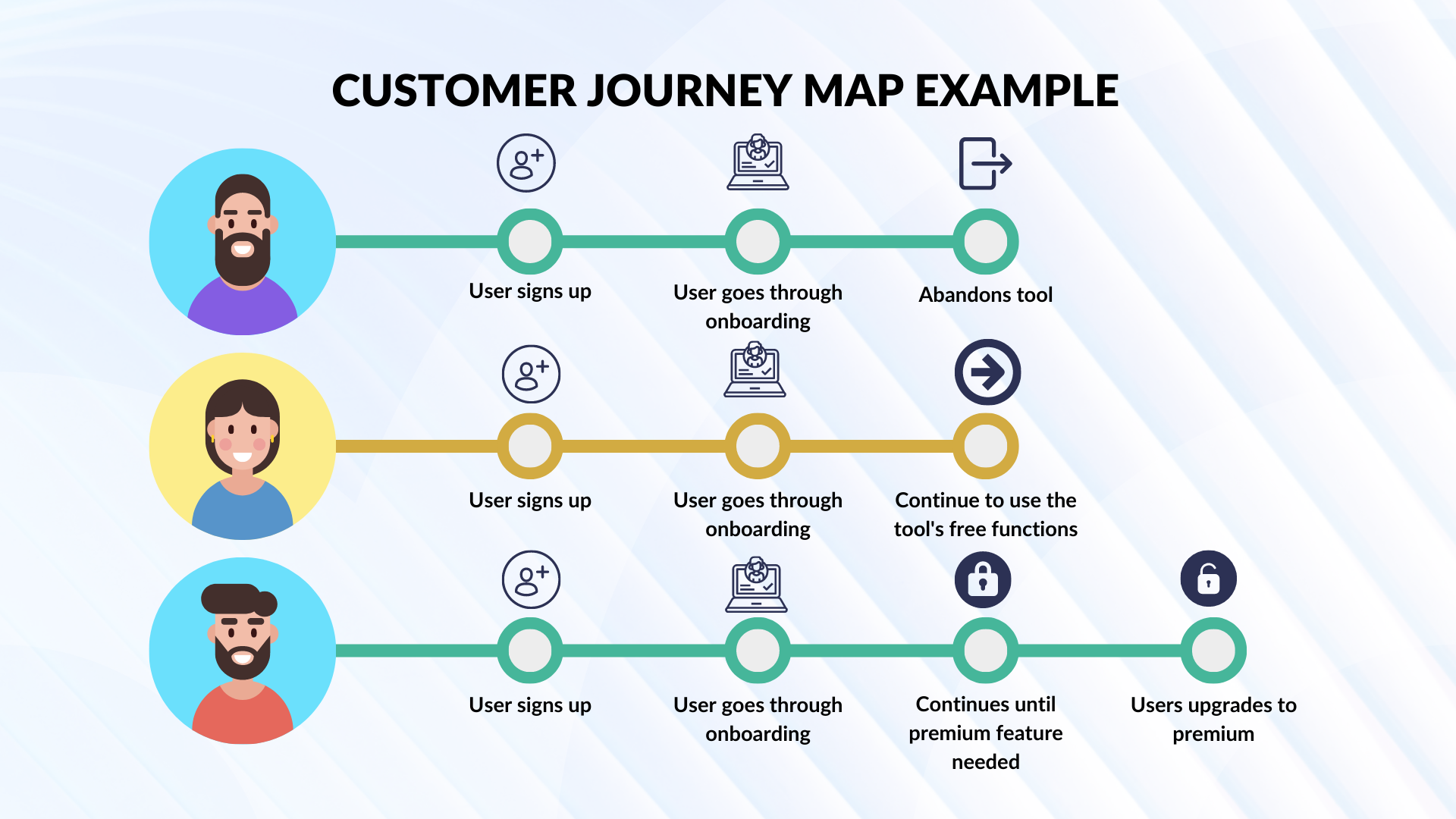- Oct 3
- 13 min read
How to gather and use customer insights to improve customer experience
The claim of putting customers first is one thing, but if you don’t know what they want, how can you decide what to sell or how to service them? An increasing number of companies are adopting a data-driven approach to become more customer-centric, and it’s easy to understand why.
With the advances in big data technology, we now have access to a tremendous amount of information. According to Forrester, the growth in data-driven organisations is at least 30% per year. Using big data has become essential in creating value for businesses, enabling every team to adapt to customer feedback and providing valuable insight into the customer experience rather than relying on a gut feeling.
Table of contents |
What are customer insights?

Business decisions are informed by customer insights derived from customer feedback and other informational sources. Additionally, we can understand more about the customers’ pain points, allowing us to develop products/services that could better address and help customers alleviate their problems.
When you understand your customers' psychology, behaviour and preferences, you can better engage with them and improve their experience; as a result, you can potentially increase revenue.
Why do brands need customer insights?
To become data-driven in user experience and digital touchpoint optimisation, it’s essential to use direct data to determine where users are getting stuck and what’s preventing them from converting. An ideation process can only be initiated and driven from this point onward.
Despite these quantitative numbers from direct data, qualitative feedback from your customers is the way to discover why things are happening. To get actionable customer feedback, you must combine quantitative and qualitative data.
Learn more about the difference between Market Research and Consumer Insights here.
Methods of gathering customer insights
When it comes to insights, you can conclude a variety of sources, including:
.png?width=591&name=Untitled%20design%20(15).png)
1. One-to-one interview
Conducting in-depth interviews is one of the most common qualitative research methods. It is a personal interview carried out with one respondent at a time. This is purely a conversational method and invites opportunities to get in-depth details from the respondent.

One of the advantages of this method is that it provides an excellent opportunity to gather precise data about what people believe and their motivations. If the researcher is well experienced, asking the right questions can help them collect meaningful data. If they need more information, the researcher should ask follow-up questions to help them gather more information.
These interviews can be performed face-to-face or through Zoom, usually lasting between half an hour to two hours. When the in-depth interview is conducted face to face, it gives a better opportunity to read the respondents' body language and match the responses.
2. Feedback questionnaires
You can use feedback questionnaires to gauge your company’s overall performance or focus on particular services. Gathering feedback isn’t easy. If you can convince your audience to click through to your feedback survey, you have to craft a survey that keeps them engaged until the end. Fifty-nine percent of companies do this by surveying customers for feedback (Hubspot, 2020).

Getting qualitative insights into your brand’s performance through surveys and feedback can be a great quality management system.
3. Reviews
In general, brands receive nine new reviews every 90 days. This gives you great opportunities to get qualitative customer feedback. However, only 52% of companies track online review sites and social media reviews. (Hubspot, 2020)

If you’re not tracking reviews, not only are you missing a prime opportunity to interact with your customers, but you’re also overlooking customer insights that could potentially damage your reputation. For example, by monitoring reviews on Facebook, you can better understand glitches on your corporate website and fix any issues with the customer experience.
4. Customer sentiment surveys
Customer satisfaction or star rating can be just as crucial as a survey in gauging customer sentiment. They are beneficial for testing one specific feature within an app or website and experiences following a sales call. Measuring customer satisfaction with any digital experience is possible by asking customers how they feel and removing friction, such as one-click popups.

An example of a customer sentiment survey is the Net promoter score (NPS). NPS is a widely used market research metric that typically takes the form of a single survey question asking respondents to rate the likelihood that they would recommend a company, product, or service to a friend or colleague. The NPS is typically interpreted and used as an indicator of customer loyalty.
5. Passively collected behavioural data
Customer behaviour can be determined by what they say and how they behave on your website, product, or content. Using analytics platforms such as Google Analytics or your social media dashboards, heat mapping, and screen recording software such as Lucky Orange can help you draw concussions from your data. Moreover, keyword research tools, including Google Trends, Ahrefs, and Semrush, can help you figure out what prospects care about based on their online searches.

6. A/B testing
Businesses say product user data influence 57% of their decisions. This is why A/B testing is so helpful. If you want to detect which features are most effective or where key elements should go, there is no better way to collect real-time user data.

For example, consider that you are building a sales process and trying to figure out which version of a journey will be more appealing. Some customers see one version, and others see the second. With A/B testing, you’d release both at once. As a result, you can determine which is most appealing by collecting data on which version of the sales journey returns the most conversions.
7. Social listening
Using tools like Digimind, you can track key conversions related to your brand through social listening. Moreover, you can track keywords, product names, brand mentions, and competitors' tags to find out what your audience is talking about in your industry. As a result, you can better tailor your services to meet those trends.

Over half of markets use social listening to gain insight into their target audiences. Don’t fall behind.
8. Support tickets
Another excellent way to gain insight into your customers is through your customer support team.
Support tickets and other similar methods have contributed significantly to future decision-making by 64% of businesses. (Amplitude, 2020)

Customer support is the first place your customers will turn if they have questions or are having trouble understanding your product. Thus, you can identify key areas of improvement by looking for common themes in support tickets. Hubspot is an excellent tool for generating a support ticket system. HubSpot’s all-in-one ticketing system provides context for every conversation. Prioritize incoming requests, maintain SLAs, and provide a delightful experience across the board. Service Hub is built directly on HubSpot’s CRM, providing a complete view of customers in every interaction.
9. Chatbot data
In 2021, almost 20% of companies implemented a chatbot to improve customer service. (Zendesk, 2021)
By leveraging chatbots, brands have a more knowledgeable support team with each social interaction and a reduction in customer effort leading to a superior customer experience.
.png?width=1920&name=Untitled%20design%20(16).png)
How to apply customer insights
Your customers have enthusiastically shared their thoughts in surveys across your digital platforms. Now it’s time to combine these valuable qualitative insights with analytics.
However, where do we start? Look at these use cases that made a significant impact based on customer feedback.
1. Create customer journey maps (CJM)
By using insights, CJMs can be built for three scenarios: the current state of the customer, their personal life, and their future. The first and second types analyse the client’s current situation and how to improve it, while the third outlines the company’s goals for the relationship.
At Carter Consulting, we usually develop different customer personas for the first two scenarios. Below are some examples of how we would formulate a customer persona:

And from these personas, we move forward in developing the process to approach these personas.

When information is visually presented and consumer insights are placed accordingly, it is easier to imagine a lead's journey to becoming a paying client. Some of the relevant information include:
- Who the customer really is
- What obstacles do customers face
- What they want to achieve
- How they interact with the company
- What emotions do they feel while interacting with the company
- What do they do at different stages of their day
Providing context to customers’ actions and placing the customer insights on a visual timeline can result in apparent solutions that the company may have missed. A customer journey map can help businesses make the right decisions combined with the empathy it elicits.
2. Build personalised marketing campaigns
A personalised experience is only possible if you know your customers, their needs, and how you can help them. A relatable marketing message and a product that meets their needs will make your brand more attractive to them.
A simple way to personalise your marketing is to monitor how often a client buys your products, send them thoughtful reminders when that time is approaching, or make data-driven upselling suggestions based on how they use your current product. Additionally, you can create an ad that speaks to them and that they identify with.
Regardless of how you approach it, personalisation is a powerful way to boost your company’s performance by building customer loyalty.
3. Improve existing products
Customer feedback is your best indicator of how valuable your products are and what could be improved.
Asking your clients directly or watching them use your products will allow you to improve your brand's satisfaction and provide a better service.
With customer insights, you can develop new features and functions, improve usability, and even target markets you didn't know would be interested.
4. Launch new products
To build a solution that meets the needs of your audience, consider customer insights when developing new products.
Your prototypes can be tested with a target audience before their release to ensure that all issues can be resolved before the product hits the market. This will also help you to get a general sense of how potential customers view your product.
When the product is released, you can use recordings of people’s reactions (hopefully positive ones) as a selling point.
In general,
Finding out what your customers want and need and the obstacles preventing them from achieving it can help you develop products that meet those needs. By gaining insights into your audience, you can build closer relationships, improve your services and ultimately gain happier, more satisfied customers.
Need some help?
Carter Consulting can help you manage your research if you lack the skills, capacity or inclination. As an extension of your team, our research services can assist with designing, writing, programming, and reporting the survey based on your needs. Book a meeting with us today!
Comments